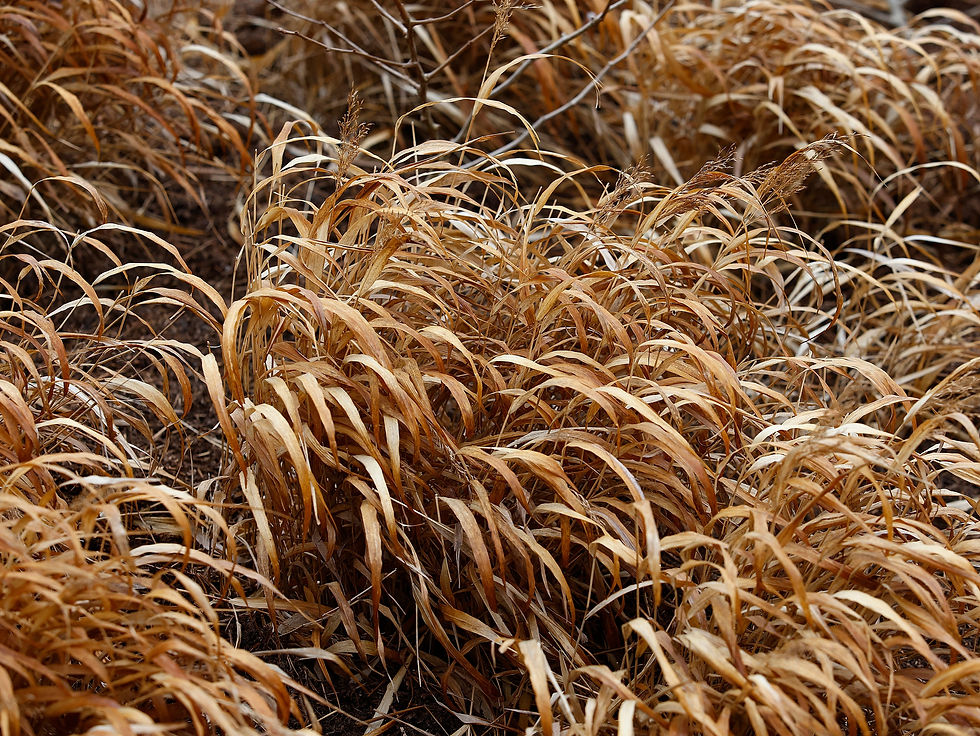For the Birds
- Katherine Aul Cervoni
- Jul 21, 2020
- 2 min read
One of the positive phenomena of the COVID-age is our collective awareness of birds. Between reduced car traffic and lower plane frequency, we are noticing their plumage and songs a whole lot more. No wonder that there has also been an enormous uptick in birdwatching as a hobby. Many of us have stumbled upon this new fascination almost by accident depending on where our in-home work spaces are. Regardless of the size of your outdoor space, here’s a rundown of different ways you can increase the number of feathered friends who come by to visit. And check out our recommendations for getting geared up here.
Bird Baths

Create an avian watering hole with a bird bath. Traditional shallow basins on a pedestal are always a great option, but we also love these more subtle hand-carved stone baths from Dances with Stone via Etsy. Birds are known to begin visiting these the same day you set them up!
Seed + Feeder

A steady offering of seed is a surefire way to keep the birds visiting — especially in fall and winter. It pays to do a little research about common birds in your area so that you can buy the proper seed mix. For example, cardinals love big seeds like black-oiled sunflower seeds while goldfinches are fans of thistle and nyjer seed. Be sure to select a feeder that’s suitable for holding the type of seed you get. Here are two of our favorite squirrel-proof (a must) options:
Squirrel-Buster Bird Feeder via Lowe's
Absolute Squirrel-Proof Feeder via the Kinsman Company
Tip: Skip the super cheap seed. It’s loaded with fillers that the birds don’t actually eat and leaves behind a mess (followed by weeds).
A Bird in the Tree
Berry-eating birds such as cedar waxwings, mocking birds, and catbirds will flock to serviceberry trees while bluejays and grosbeaks are drawn to chokecherries. Native juniper and dogwood varieties will attract all of those birds as well as woodpeckers, titmice, and more.

A Place to Nest
Shelter is critical for birds in all seasons, and evergreens and hedges provide excellent habitats. Conifers such as firs, pines and spruces are also great options, as well as hollies. Be careful when pruning these plantings during the spring when birds are nesting and, if possible, hold off until a bit later in the season so that mothers and baby birds can benefit from the shelter until they fly the nest.





Comments